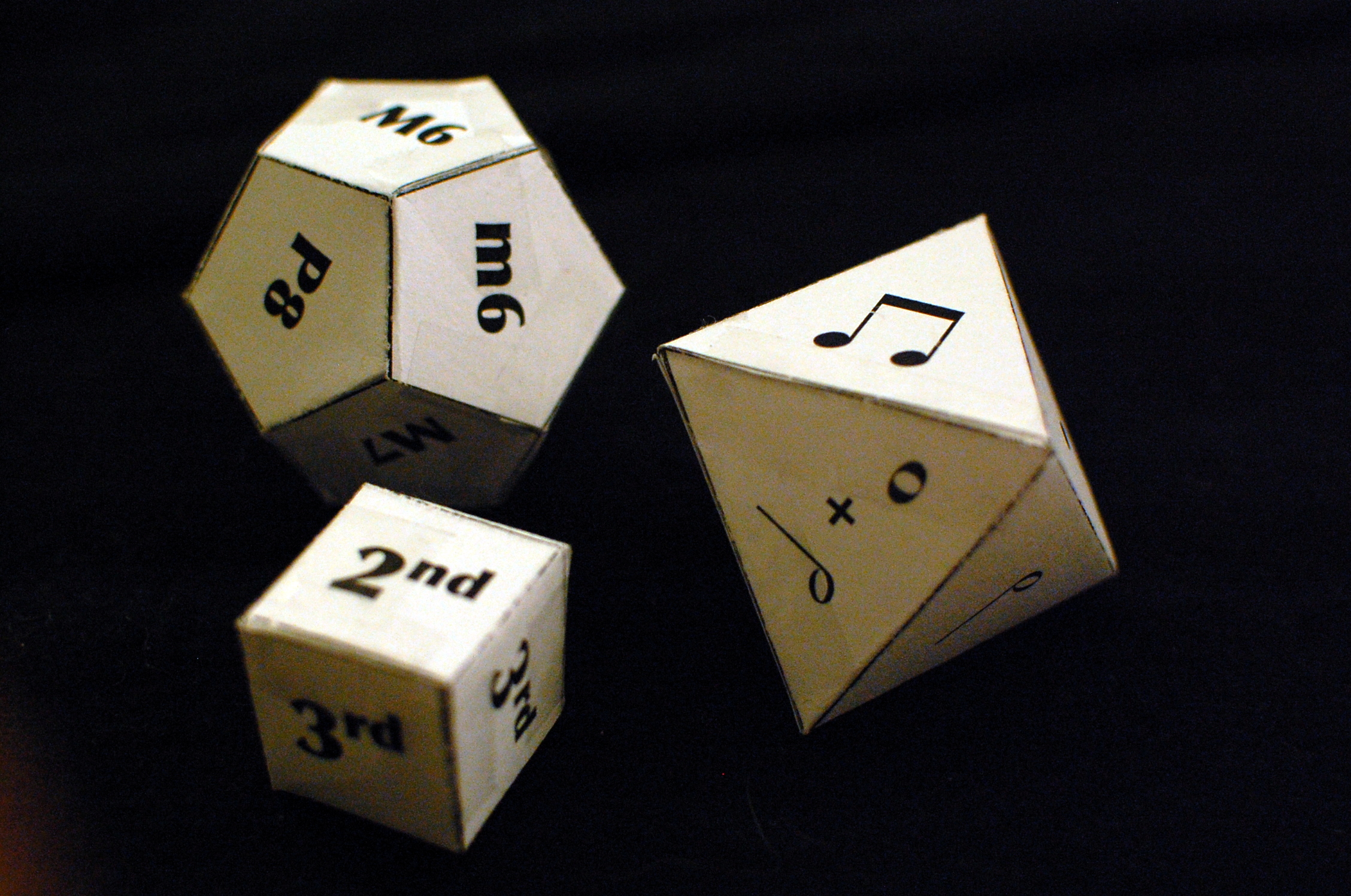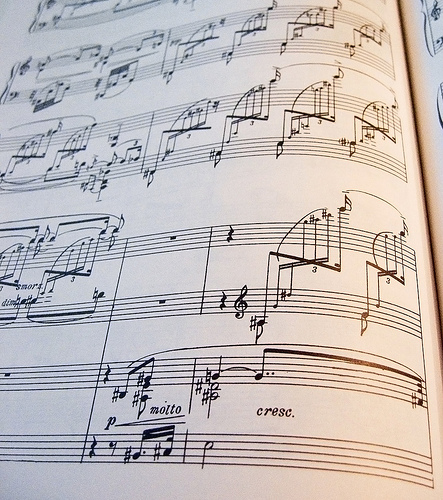Hello readers!
Today marks the official launch of the new “Reading List” page! I’m very excited about this new part of Color In My Piano.
The Book List contains links to TONS of great books and resources on a variety of topics. When you’ve got a great book to recommend, visit the Reading List page and leave a comment to share your thoughts with the world!
Here’s the book categories I’ve created:
 Piano Pedagogy
Piano Pedagogy- Teaching Resources
- Early Childhood Music
- Piano Technique
- For Parents/Students
- Music History/Theory
- Biographies
- Practice and Performance
- Keyboard Literature
- The Piano
- The Orchestra
- Just For Kids
- Inspiration, Fiction, and More
I’m also tossing around the idea of allowing readers to write and submit reviews of books for publication on Color In My Piano. If interested, please contact me at admin[at]colorinmypiano.com. There’s no way I’d be able to review all of these books anytime soon, so I’d love to have some help!
CLICK HERE to view the new Book List page now!






 My colleague Loretta and I have been teaching a pair of beginner students in a group setting each week. Last week, we were learning about 3/4 and 4/4 time, and quarter notes and half notes. Loretta and I wrote rhythms on the whiteboard, asked the students to help us write in bar lines, and then clapped and counted the rhythms together. While this activity worked and was beneficial, what we did this week was much more successful.
My colleague Loretta and I have been teaching a pair of beginner students in a group setting each week. Last week, we were learning about 3/4 and 4/4 time, and quarter notes and half notes. Loretta and I wrote rhythms on the whiteboard, asked the students to help us write in bar lines, and then clapped and counted the rhythms together. While this activity worked and was beneficial, what we did this week was much more successful.




 Just added to the
Just added to the 




